Not only bitter gourds are easy to grow from seeds, their prolific fruiting through summer will ensure your veggie basket never runs out of them.
Indian bitter gourds or balsam pear i are an excellent source of iron, fibre, Vitamins A & C and potassium which helps regulate blood sugar levels and aid in improving digestion. Bitter gourds also contain a compound called quinine which gives them the well-known bitter taste. While Karela lovers may like the bitterness and crunchiness of freshly harvested bitter gourds, others may want to subdue the sharpness considerably.
Pro Tip: Bitter gourds can be soaked or boiled in salt water for 20-30 minutes to reduce the bitterness.
Introduction to Bitter Gourds

Karela or Bitter gourd is a vining plant that grows much like cucumbers or melons in the hot summer sun. The vines of bitter gourd can grow upto 150 to 190 inches in length. Hence, it’s recommended to keep pruning the plant regularly and use a vertical support to save on space. The leaves of bitter gourds are prominently lobbed while the skin of the bitter gourds fruits are warty and highly ribbed. Under the skin, the flesh of bitter gourds is creamy white and firm.
Where To Grow Bitter Gourds

Like most summer vegetables, bitter gourds are easy to grow in your kitchen garden or terrace garden. Bitter gourds require a very hot and humid climate to grow well. Plant bitter gourd seeds in a location that gets 6 to 8 hours of sunlight everyday. Seeds will take 8 to 10 days to germinate in soil temperatures ranging from 15 to 20℃. Bitter gourds will take almost 55-60 days to mature.
Ideal companion plants for bitter gourds include green beans, peas, pumpkins and other summer squashes. Most herbs do not fare well near bitter gourds.
Prepare the potting soil prior to planting by adding aged manure or aged compost to the soil. Ensure that the soil is well-draining and light for planting. While growing bitter gourd vines on the ground, it’s ideal to mulch the soil to prevent the fruits from getting dirty or rotting in moist soil.
Bitter gourds can also be cultivated in containers easily. Pick a container that has the capacity of holding at least 15 to 18 KGs of potting soil. It is recommended to grow only one bitter gourd plant per container and provide adequate vertical support with a trellis or wire mesh.
How To Grow Bitter Gourds

Step-1: Sow seeds about ½ inch deep in loamy well-draining soil that has been prepared with aged manure or compost. Bitter gourd seeds can also be soaked overnight to speed up the germination. Plant the soaked seeds directly in the garden and cover with soil. Keep a distance of at least 12 to 15 inches between two plants. Learn more about how to germinate seeds here.
Step-2: Keep the soil evenly moist till the time germination occurs. Since bitter gourds are grown in hot summer months, the soil will require frequent watering once the seedlings have established. Soil in containers tends to dry relatively faster. Hence it’s important to keep checking the soil with the tip of your fingers & water gently if it feels dry on touch.
Step-3: Trellising is required to grow bitter gourd vines vertically. Place a sturdy trellis at the time of planting that is at least 5 to 6 ft long. Growing bitter gourds vertically also helps retain the shape of the fruit.
Step-4: Regular pruning of the side shoots is also important to improve fruiting and control the sprawl of the plant.
Step-5: Like most cucurbits, bitter gourds are also susceptible to pests like aphids, cucumber beetles and fruit flies. It’s important to keep a close eye on your vines and remove them manually or use neem oil spray. Remove any weeds around the bitter gourd plant to control the pests. Garden friendly insects like ladybugs are also beneficial in controlling pests.
How To Maintain And Harvest Bitter Gourds

Caring for bitter gourd vines is easy if you’ve started with healthy, fertile soil to begin with. Some key points to remember for their growth and harvest are:
Watering
Keeping bitter gourd planting beds evenly moist is required for good fruit development. Gently water the soil during mornings or evenings when the soil feels dry on touch.
Soil
Bitter gourds require nutrient-rich well-draining soil mixed with aged-compost or manure with a pH ranging between 5.5 to 6.5. Good soil drainage is essential for ideal growth of the plant.
Fertilizer
Prepare the soil prior to planting bitter gourd seeds by mixing compost. During growth, some aged compost can be used as side dressing or one can also use comfrey or seaweed tea if the soil is not fertile.
Harvesting Time
Bitter gourds will start fruiting within 55 to 60 days after sowing. Start harvesting bitter gourds once they are 4-5 inches in length and are of dark green colour. If the fruits are left to ripen on the vine longer than this, they will start changing colour to pale orange and become unpalatable. Snip bitter gourd fruits every 2-3 days with a sharp knife to promote new fruiting through the season.
The trick is to collect the bitter gourd at the right moment. It is the right time when the fruit is neither too small nor too young, nor too hard and fibrous. Bitter gourd fruit ripens twice as fast in warmer zones than cooler zones.
There you have it. Growing bitter gourds from seeds at home is quite easy. Shop open-pollinated non-treated bitter gourd seeds today and start growing them.


 Sign In
Sign In


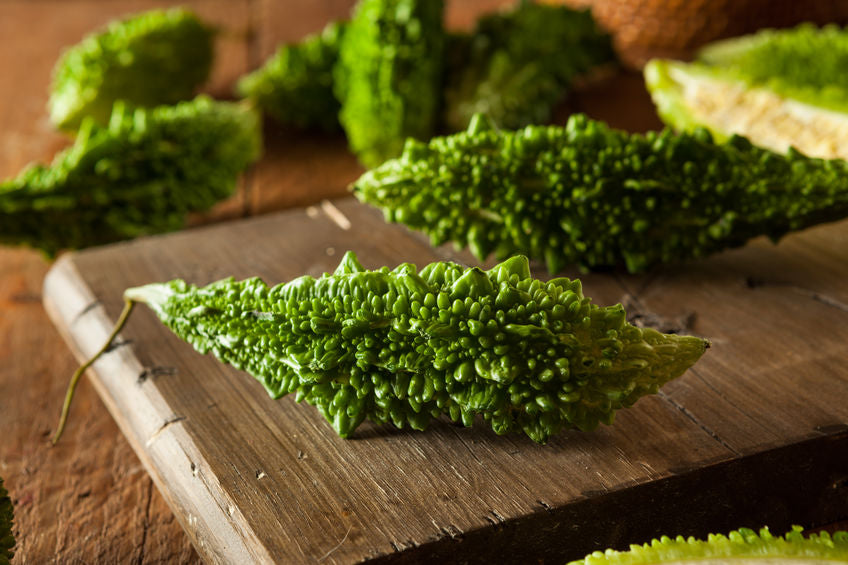
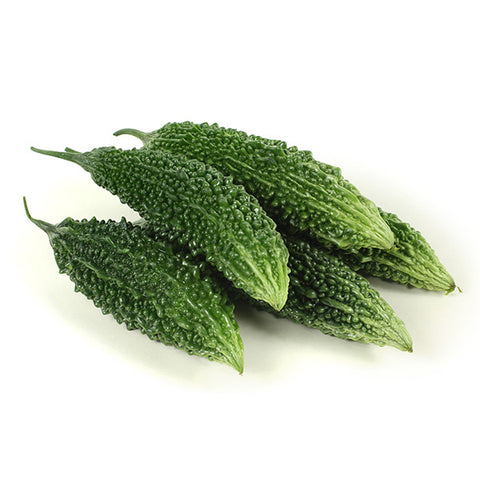
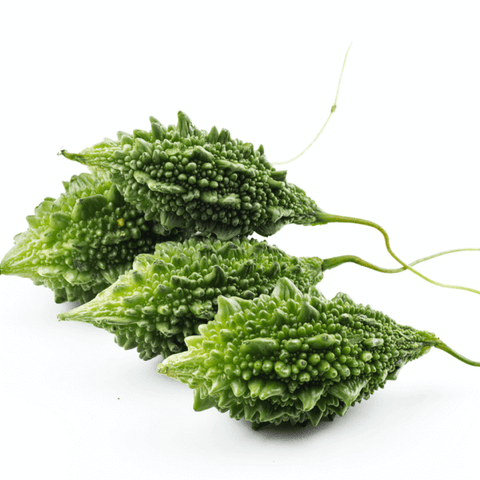
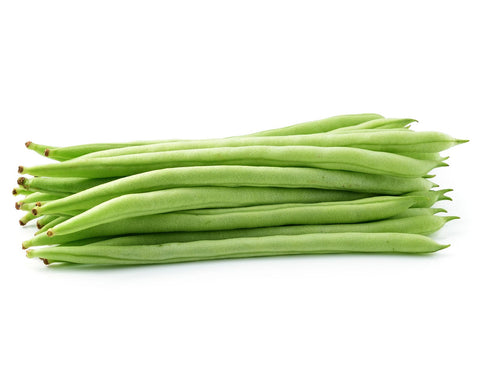
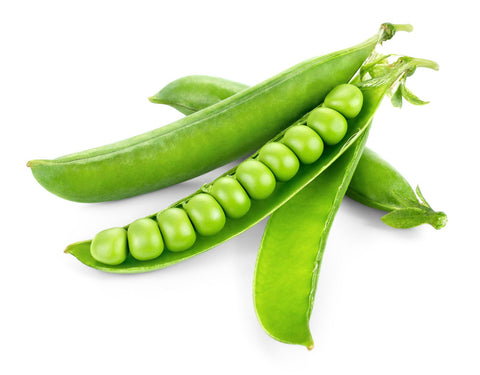
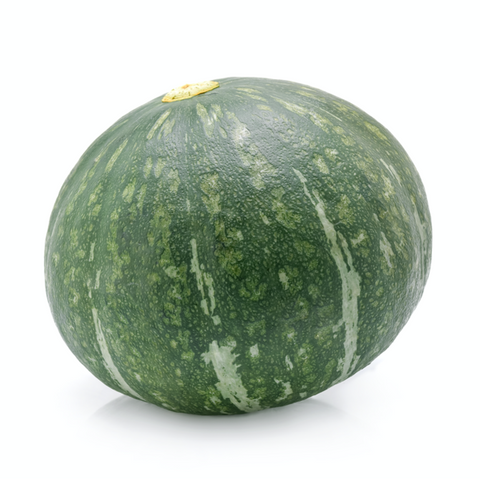
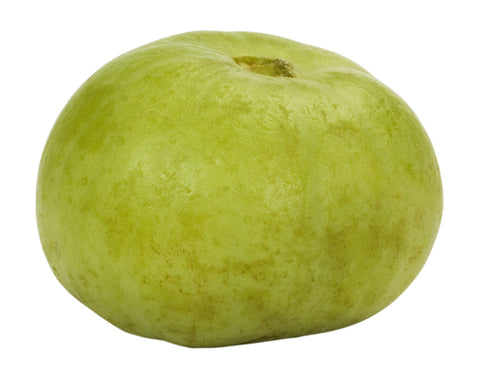
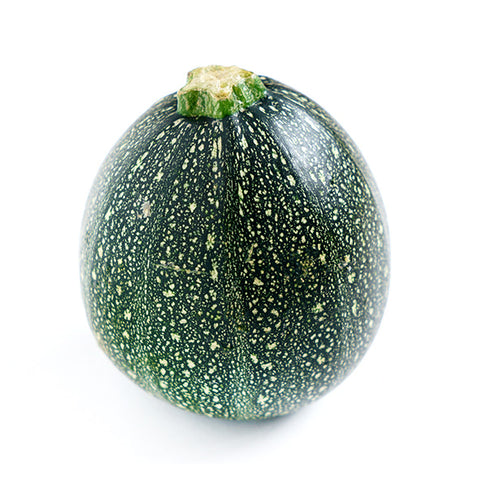
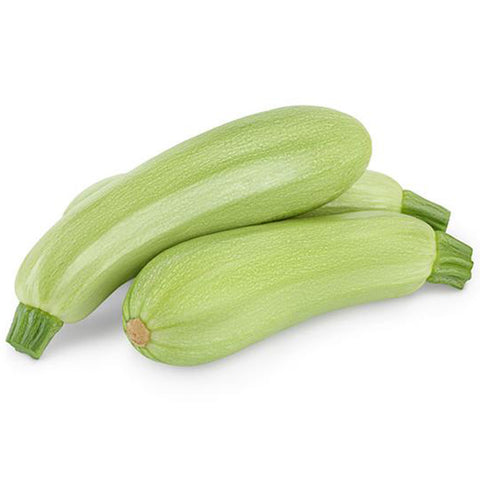






Let us know your feedback
* Comments must be approved before being displayed.